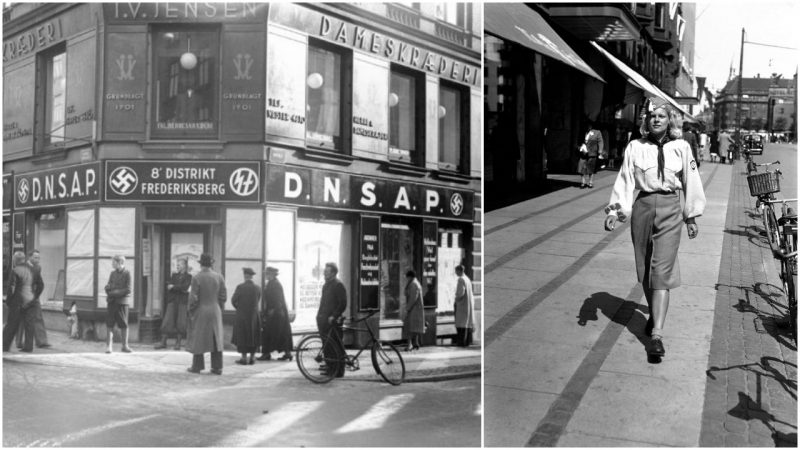In the years following the fall of communism in Eastern Europe in 1989, citizens of those countries were able to go through many of the files kept by the secret police.
In many cases, they were surprised to find that their wives, husbands, best friends, etc., were government informers or Communist Party members after having denied it for years.
Denmark recently began experiencing something similar. You say that Denmark was never a Communist nation? That’s right, but it was occupied by the Nazis for five years, and the Germans had some help.
Denmark, whose citizens stepped forward to help a great many of their nation’s Jewish population escape to Sweden and elsewhere, and in many cases actively resisted the Nazis, also had a lot of Nazi sympathizers and collaborators. Thousands of Danes fought in the Waffen-SS during the war.
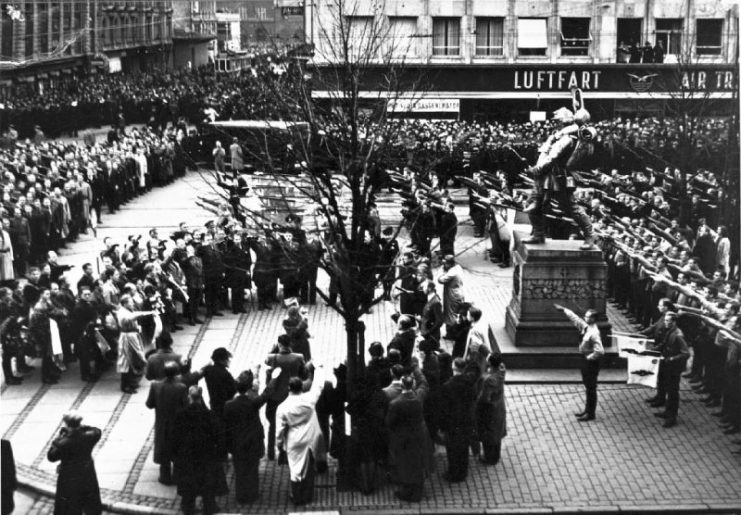
In 2018, the Danish Genealogy Society digitized and put online an infamous list known as the “Bovrup Index,” named after the town where it was initially compiled.
The index is a list of about 25% of the 22,795 Danes that were registered members of the Danish Nazi Party or “DNSAP.” The reason the list was only partially made available at the time is that 5,265 people put forward would be at least 110 years old, making it extremely unlikely that any of them are alive today.
The members of the society debated for quite some time about whether, when, and how to release the information to the public. Keeping in mind the disruption caused among family members in Eastern Europe after 1989, it was decided that for the time being, only the names of people that were deceased would be released.
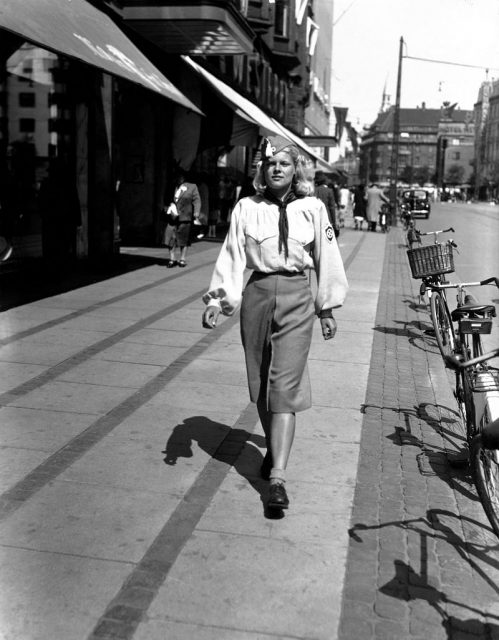
Denmark was occupied for almost the entire war, from 1940 to 1945. British troops, racing to fill the country before the Soviets could move into the strategically located nation separating the North and Baltic Seas, arrived only in the last days of the war. The Germans were more than happy to surrender to the British rather than to their Soviet allies.
In those days before the wars’ official end, Danish resistance members seized the list of DNSAP members from the home of its leader, Frits Clausen, in the town of Bovrup.
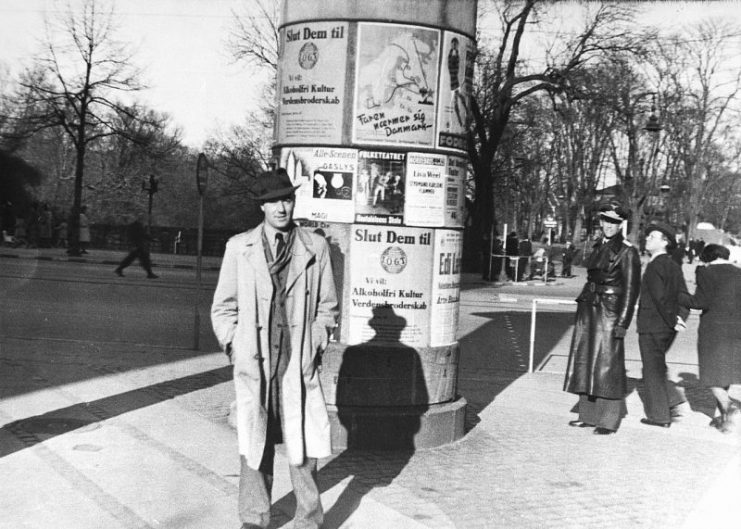
In 1946 in the aftermath of war, the Danish court ordered the index be kept under existing archival laws. This meant that only researchers from sanctioned universities or other bodies such as the Danish Genealogical Association would be allowed to view the names on the index.
The court also established a time limit on the index’ isolation, so this year the society was able to publish the partial list. In a December 2018 interview, Per Andersen, the association’s librarian and deputy chair, said that interest in the index was high.
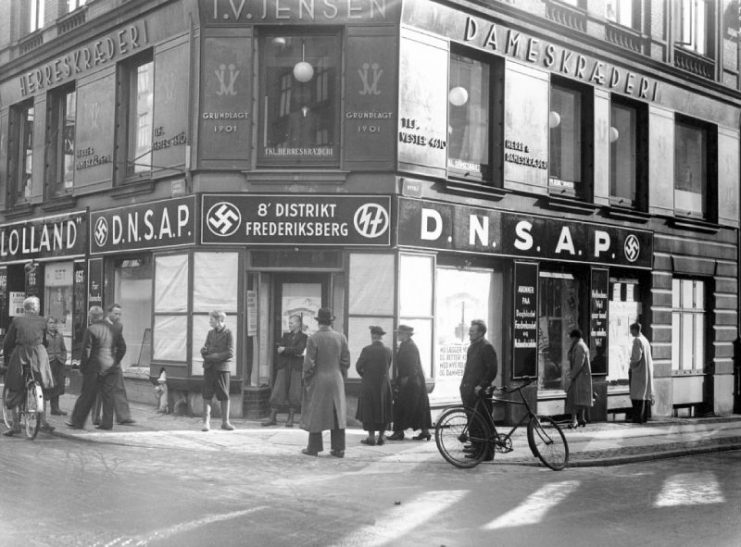
“Normally there might 100 or so downloads of the things we post online, but the Bovrup list has been downloaded over 11,000 times…For us, this was about a resource that has been highly sought after by genealogists…but overall, I also believe that what we have here is historical source material which must be made public because it, just like other source material, helps us learn about our past.”
The index, or at least the partial one with names of people born before 1908, tells us that half of the people in the DNSAP were farmers – no real surprise considering both the time and the Nazis’ appeal to ideas about “blood and soil.”
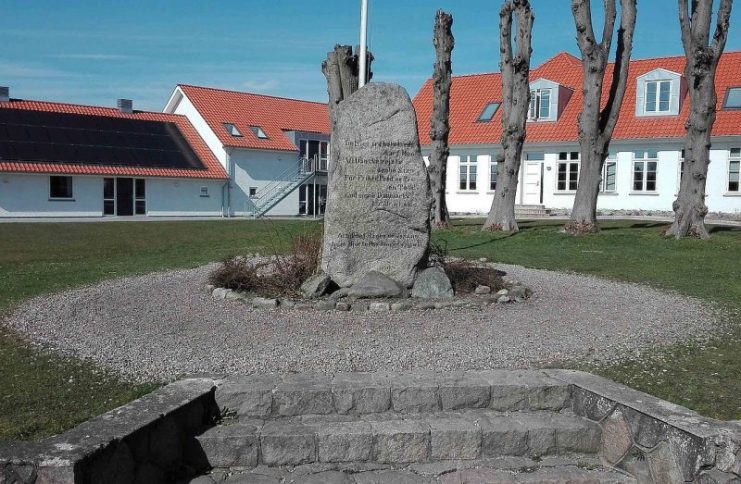
Read another story from us: Hitler Thought Strategically About Which Nations to Invade
Many of the other members on the list occupied blue-collar and low-level white collar jobs, mirroring to a great extent the earlier members of Germany’s Nazi Party.
Addresses, as well as names and occupation, are listed, making it easier for both genealogists and family members to form a more comprehensive picture of what was going on at the time. In 2019, the association plans on adding another two to three thousand names.
